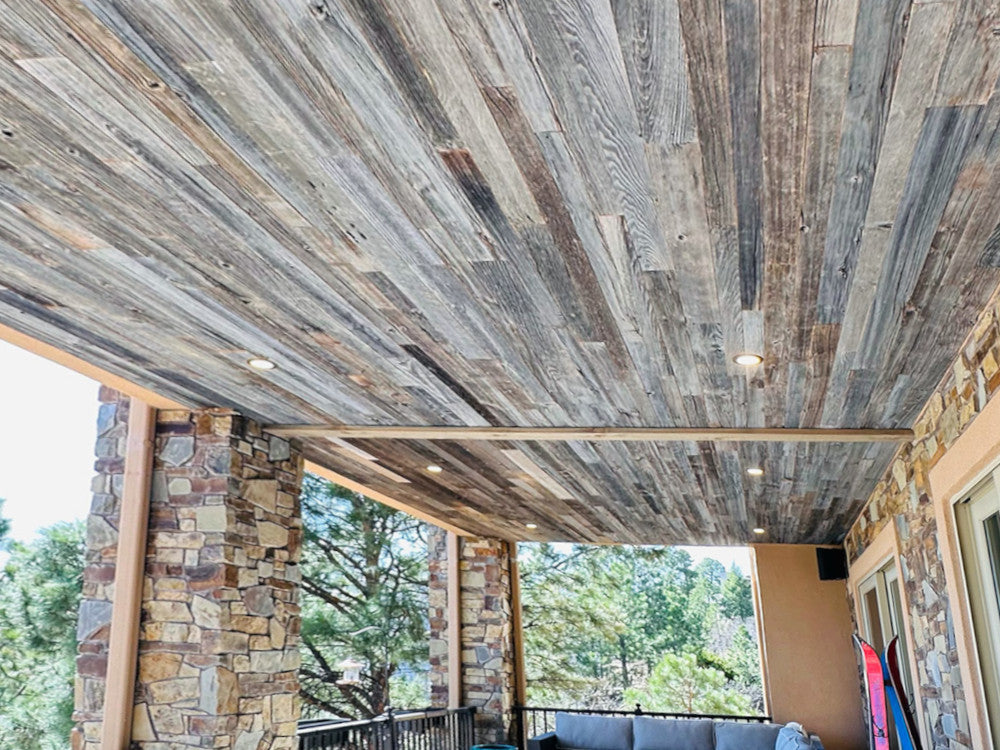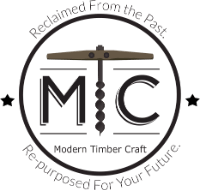Antique Rustic White Barnwood Wall Paneling
Antique Rustic White Barnwood Wall Paneling
Couldn't load pickup availability
*Finish previews are just a representation of color. Every piece will vary.
View full details






-

Finish
These panels are crafted with an Antique Rustic White natural finish. -

Dimensions
Thickness: 3/8 inches
Width: 3 to 6 inch varied widths
Length: 1 to 6 foot varied lengths -

Characteristics
Each panel may include natural checking, knots, ferrous stains, nail holes, circle kerf or pit saw kerf. -

Wood Origin
The barn wood for the rustic antique white paneling is sourced from historic northeast US barns dating from late 1700s to early 1900s in Pennsylvania and Eastern Maryland.

Most orders will process and ship within 3-10 business days (Monday thru Friday) but can sometimes ship sooner.
We offer a 14-day return policy on unaltered pieces. Any items that are not returned within 30 days or have been altered in any way including for mounting, will not be eligible for a refund. Customer is responsible for return shipment fees.
All return requests must be made by you within 14 days of receiving your shipment. Only items that are properly packaged in the original box will be accepted as a return. After receiving and inspecting returned items, Modern Timber Craft reserves the right to reject any return if items are not in the proper condition. Refunds (less costs and fees where applicable) will be issued within 30 days of return receipt and inspection of the items at the Modern Timber Craft facility. You are encouraged to call the MTC customer service department if you require help with the return process. Returned items are subject to a 20% restocking fee. Customer responsible for return shipping.
These panels can be installed by nail, staple, or glue attachment.
Installation Disclaimer
Modern Timber Craft is not responsible for rustic white barnwood paneling installation. Sub surface preparation is important as boards are not sanded flat.
MTC does not guarantee uniform reclaimed wood pieces. Installers should expect defects and subtle uneven surfaces.
Contact us with any questions that you have about the product or your specific project!
Product Disclaimer
Images shown are only a representation of the pieces received. The pieces you receive may differ slightly due to the nature and origin of these planks.
Real reviews from real people
-

The panels are beautiful
The panels are beautiful! We opted to have our handyman install them for the absolute perfect finished product.
Heather M. -

Exceeded my expectations
Jake was amazing to work with. He took the time to respond and answer all my questions. The finished project exceeded my expectations and is just gorgeous.
Shannon C. -

Look beautiful in bedroom
Exactly what I was looking for. Beautiful, character rich wood panels. Look beautiful in bedroom.
Therea S. -

Perfect in every way
Love these panels! Perfect in every way.
Joyce I.













